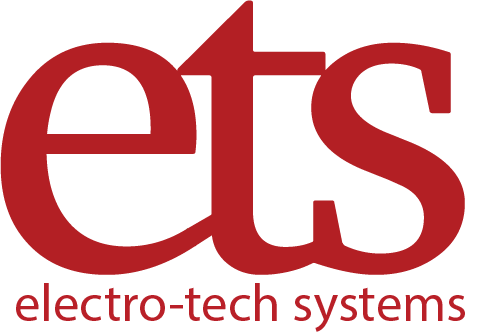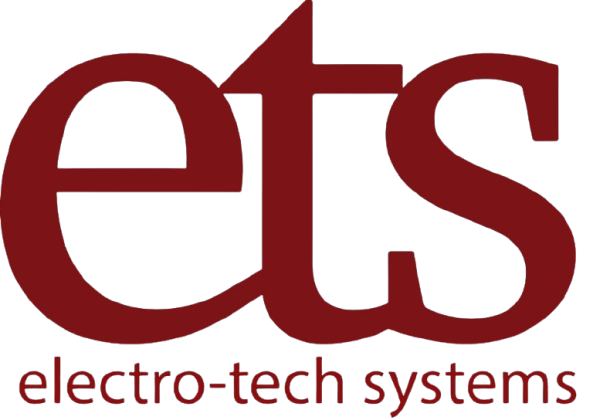How to Get Precise High-Voltage Readings with Electrostatic Voltmeters
Accurately measuring high voltages is crucial in a variety of industries, including electronics and aerospace, materials research, and electrostatics. The difficulty is in capturing extremely high voltages without overloading the circuit, producing errors, or jeopardizing operator safety. This is when Electrostatic Voltmeters (ESVs) come in handy.
Electrostatic Voltmeters are extremely sensitive instruments developed for non-contact, exact measurement of high voltages, particularly in situations where ordinary voltmeters or probes may fail. These instruments use the theory of electrostatic attraction to provide steady, repeatable, and accurate voltage readings without affecting the circuit being tested.
In this post, we’ll look at how electrostatic voltmeters function, the benefits they provide, and recommended practices for obtaining accurate high-voltage readings.
Why Measuring High Voltage Is Challenging?
Before getting into Electrostatic Voltmeters, it’s critical to understand why measuring high voltages is so difficult.
- Circuit Loading – Conventional voltmeters draw a little amount of current, which might affect actual circuit conditions and skew readings.
- Insulation and Safety Risks – High voltages pose major threats to both equipment and operators.
- Extreme Level Accuracy – When measuring voltages greater than several kilovolts, conventional measurement equipment may become unstable or inaccurate.
- Non-Contact Requirement – It is often difficult or dangerous to make physical electrical connections to the test circuit.
Because of these constraints, specialized equipment such as electrostatic voltmeters are required for high-precision measurements.
What Are Electrostatic Voltmeters?
Electrostatic Voltmeters (ESVs) are instruments with high input impedance that measure voltage by detecting electrostatic forces between charged surfaces. Unlike typical voltmeters, they do not require direct electrical contact with a high-voltage source, making them suitable for both sensitive and hazardous measurements.
Key features of electrostatic voltmeters include:
- Non-contact operation minimizes loading effects.
- High sensitivity – may measure from a few volts to tens of kilovolts.
- Stable performance is appropriate for both static and dynamic high-voltage settings.
- Wide applicability – utilized in materials testing, electrostatics, semiconductor R&D, aerospace, and laboratory settings.
How Electrostatic Voltmeters Work?
Electrostatic Voltmeters work on the basis of electrostatic attraction. Here’s a simple breakdown:
- A sensing probe or electrode is located near the charged surface.
- The electrostatic field between the charged object and the probe generates a force that deflects a mechanical or electrical component of the instrument.
- This deflection is transformed to a measurable voltage signal.
- The gadget shows the voltage without drawing electricity from the source.
Electrostatic Voltmeters have extremely high input resistance because they monitor electrostatic fields rather than current flow. This minimizes disturbance to the test environment.
Advantages of Using Electrostatic Voltmeters
Electrostatic Voltmeters differ from conventional high-voltage measurement devices for various reasons:
- True non-contact measurement is ideal for sensitive surfaces, delicate circuits, and dangerous voltages.
- No Loading Effect – Maintains circuit integrity, resulting in reliable measurements.
- Wide Voltage Range – Measures voltages ranging from tens of volts to kilovolts.
- High Accuracy and Stability – Designed for environments that require absolute precision.
- Enhanced Operator Safety – By eliminating the requirement for physical touch, the risk of electrical shock is reduced.
- Versatility – Applicable in laboratories, industrial quality control, research and development, and electrostatic discharge (ESD) monitoring.
Best Practices for Precise High-Voltage Measurements
Getting the most accurate results from electrostatic voltmeters takes more than just the right instrument; it also necessitates proper setup and use.
- Appropriate probe placement
- Set the probe at the appropriate distance from the test surface.
- To preserve accuracy, ensure that alignment is consistent.
- Avoid any external objects that may distort the electrostatic field.
- Environmental control
- Maintain consistent humidity and dust levels, as environmental variations can alter readings.
- Shielding can help to reduce interference from surrounding electronic devices.
- Calibration & Maintenance
- Regular calibration guarantees long-term accuracy.
- Routine servicing should be performed in accordance with manufacturer specifications.
- Handle probes with caution because contamination or wear might impair precision.
- Safety considerations.
- Always keep a safe distance from live circuits.
- When working with extremely high voltages, use protective containers.
- To avoid electrical dangers, use industry standard safety practices.
- Integration of Other Instruments
- Electrostatic Voltmeters can be combined with oscilloscopes, data recorders, or high-voltage power supply to provide full monitoring.
- Automated systems can use ESVs for feedback control in industrial or R&D settings.
Applications of Electrostatic Voltmeters
Electrostatic Voltmeters are essential in businesses that require high accuracy, safety, and non-contact operation. Common applications include:
Electrostatic Discharge (ESD) Studies – Measuring charge accumulation on surfaces.
Aerospace and defense testing include high-voltage systems and insulation.
Semiconductor and electronics manufacturing involves monitoring delicate, static-sensitive surroundings.
Materials science involves evaluating dielectric materials and coatings.
High-Voltage Power Supplies – Ensuring output stability without causing circuit disruption.
Research Labs – Accurate measurements of potential and electrostatic field.
Choosing the Right Electrostatic Voltmeter
Not every electrostatic voltmeter is the same. Choosing the right instrument relies on:
- Voltage Range Required – from a few volts to 50 kV or higher.
- Measurement Accuracy – Look for precise tools with small error margins.
- Response Time – Critical for dynamic or pulsed high-voltage systems.
- Form Factor – Benchtop, handheld, or system-integrated.
- Additional features – include digital displays, data logging, and remote sensing capability.
For enterprises and laboratories, investing in a dependable, well-calibrated electrostatic voltmeter provides long-term accuracy, efficiency, and safety.
Conclusion
Accurate high-voltage measurement is not an easy operation, but Electrostatic Voltmeters combine precision and safety. Their non-contact, high-impedance design lowers circuit loading, reduces risk, and provides consistent performance even in the most demanding settings.
Whether you operate in research, manufacturing, or high-voltage system testing, incorporating Electrostatic Voltmeters into your workflow is the most efficient approach to get accurate readings while protecting your equipment and staff.
Electro-Tech Systems (ETS) specializes in high-quality electrostatic voltmeters and high voltage power supplies for the most demanding applications. If you want to improve the precision of your high-voltage measurements, check out our comprehensive line of solutions here. ETS Electrostatic Voltmeters.
Contact ETS today to learn more about how our equipment can improve the accuracy of your voltage measurements.

